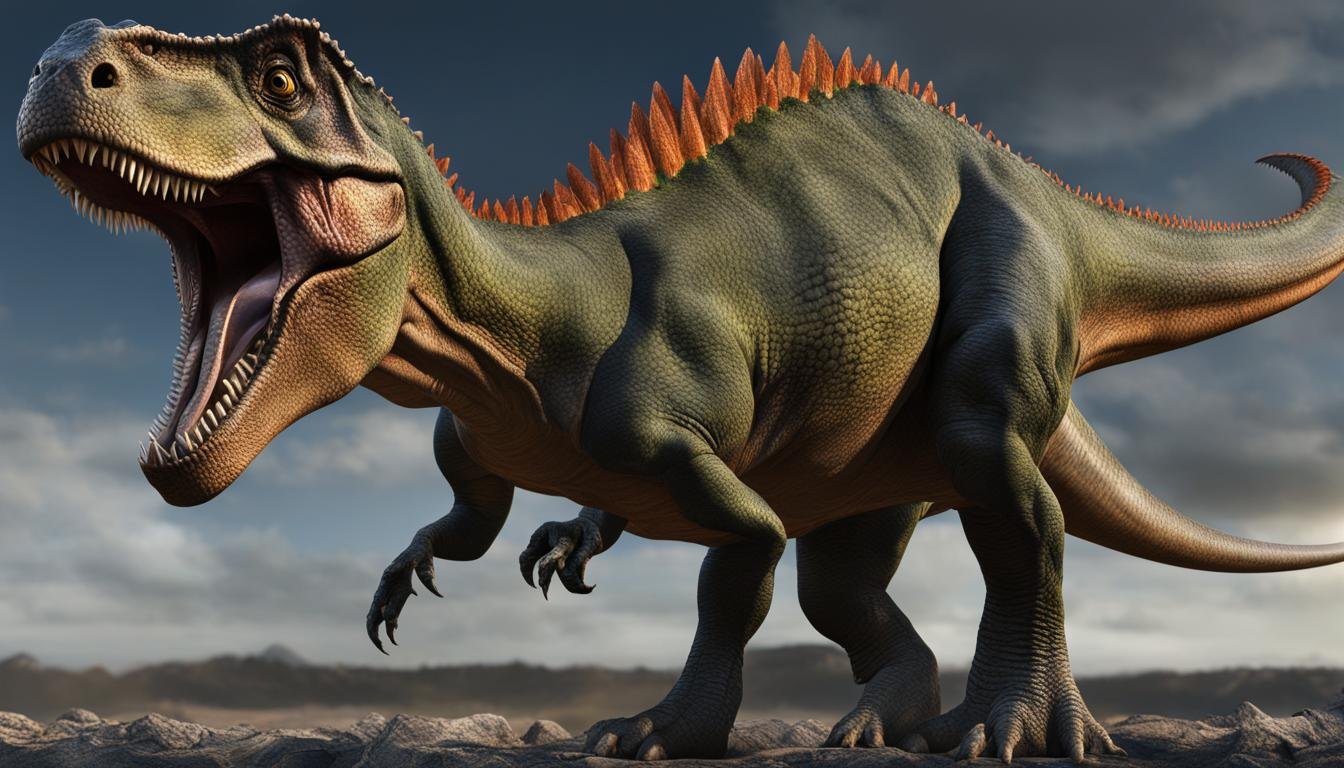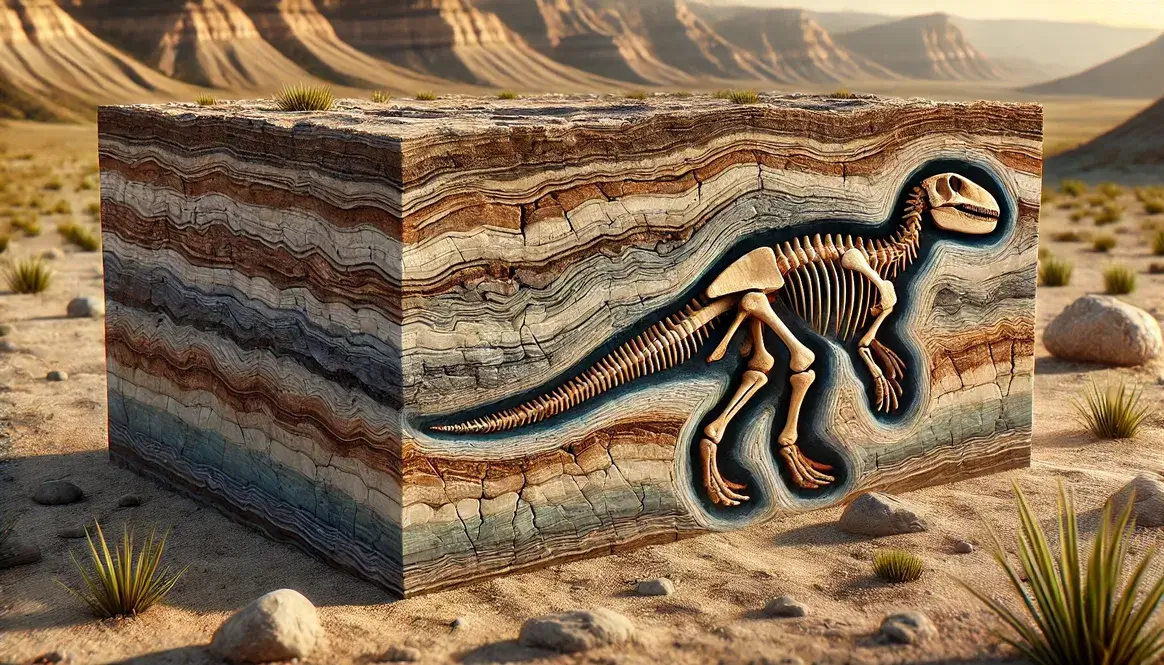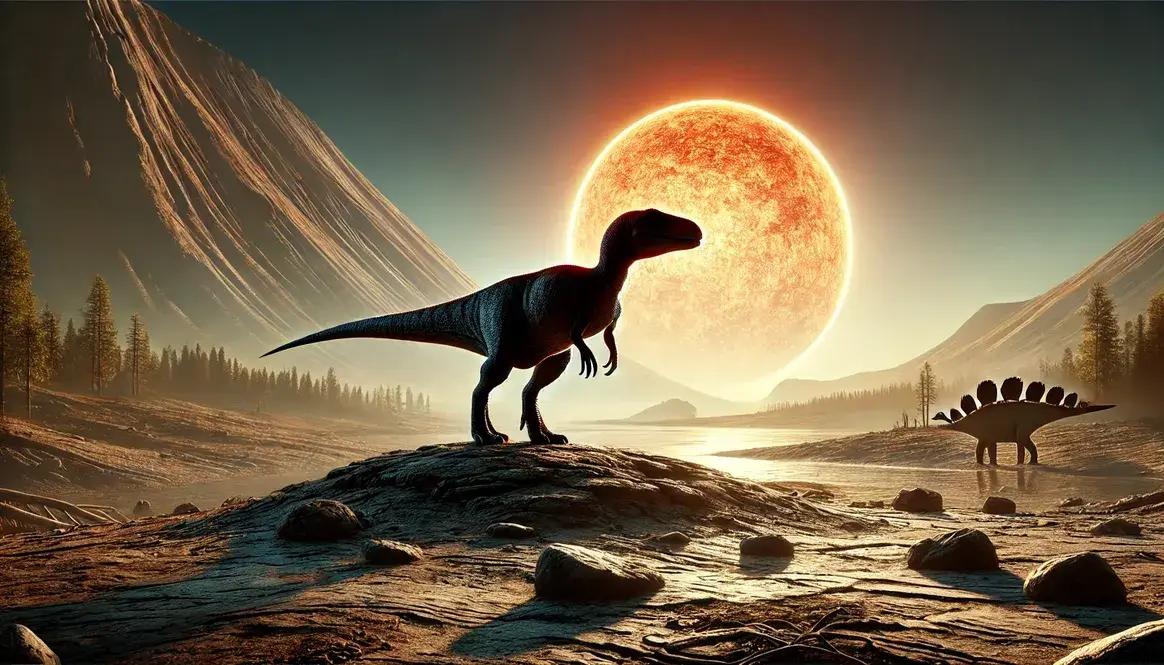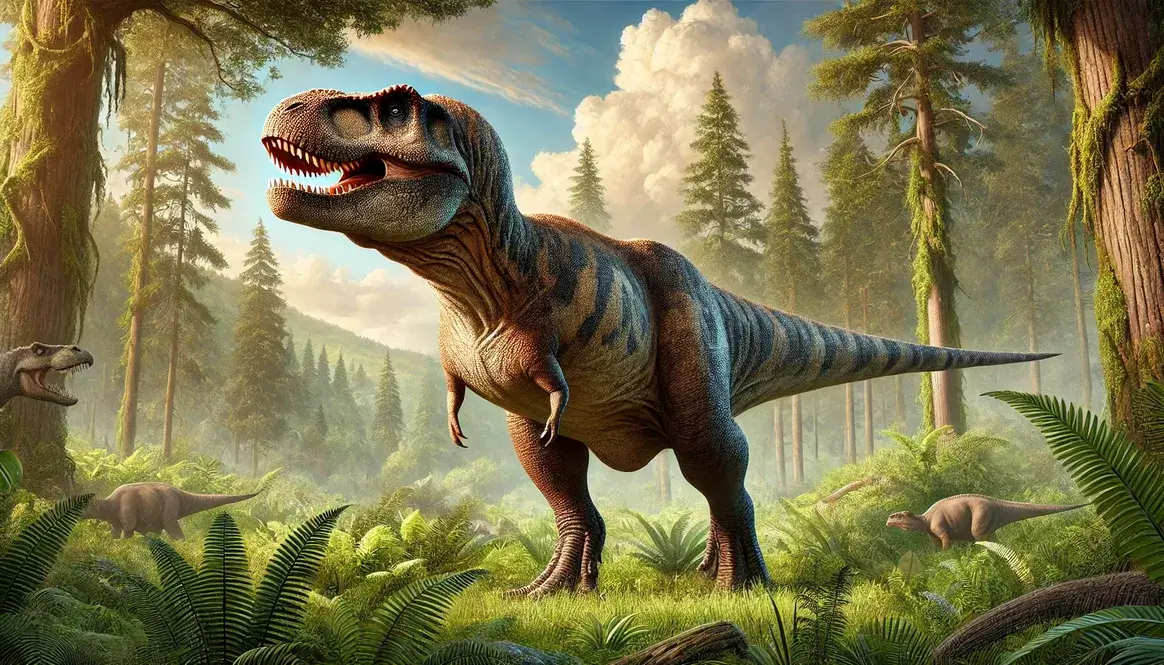Did you know that dinosaurs exhibited diverse nesting behaviors and had specific preferences for their habitats? A study of their nesting patterns and habitat selection provides fascinating insights into the lives of these ancient creatures.
Statistical analyses have revealed that different types of dinosaurs, such as hadrosaurs and certain sauropods, had distinct nesting behaviors. They also showed preferences for specific sediments or substrates when creating their nests. Some hadrosaurs and megaloolithid sauropods built organic-rich mound nests that relied on microbial decay for incubation. On the other hand, other sauropods built sandy in-filled hole nests that relied on solar or potentially geothermal heat.
The distribution of these nest types across different regions provides valuable insights into the nesting habits of dinosaurs. It is fascinating to learn that certain nest styles allowed dinosaurs to successfully nest in regions as far as mid latitudes and even above the polar circle.
| Main Point | Description |
|---|---|
| Diverse Nesting Behaviors | Dinosaurs exhibited a variety of nesting behaviors, showing preferences for specific types of sediments or substrates for their nests. |
| Specific Nesting Styles | Hadrosaurs and megaloolithid sauropods preferred building organic-rich mound nests, while other sauropods opted for sandy in-filled hole nests. |
| Geographic Distribution of Nests | The distribution of different nest types indicates that certain nesting styles enabled dinosaurs to inhabit regions up to mid latitudes and even beyond the polar circle. |
| Insights into Dinosaur Ecology | Analyzing dinosaur nesting behaviors offers valuable insights into their ecological roles and reproductive strategies. |
| Need for Further Research | More research is necessary to fully understand the diversity of dinosaur nesting behaviors and how these relate to habitat selection in various regions. |
Nesting and Incubation Methods of Extant Archosaurs
Understanding the nesting and incubation behaviors of extant archosaurs, such as crocodylians and megapode birds, can provide valuable insights into the nesting habits of dinosaurs. These living reptiles and birds exhibit different nesting styles and preferences for specific sediments or substrates. One key factor to consider is the incubation heat source used by these animals.
| Species | Incubation Heat Source |
|---|---|
| Crocodylians | Solar radiation |
| Megapode birds | Microbial respiration |
It has been observed that nests utilizing microbial respiration or solar radiation as an incubation heat source tend to have higher temperatures than the ambient air. This indicates that these archosaurs actively manage the temperature of their nests to ensure proper incubation conditions. Additionally, the type of nest materials and substrates used by these species varies depending on the heat source.
For example, crocodylians usually construct nests using vegetation, mud, and soil. On the other hand, megapode birds build mound nests composed of organic materials such as leaves, twigs, and soil. By comparing these different nesting styles and materials, we can gain a better understanding of the potential nesting behaviors and preferences of extinct dinosaurs.
Nesting Preferences and Paleogeographic Distribution of Dinosaurs
Understanding the nesting preferences and paleogeographic distribution of dinosaurs provides valuable insights into their reproductive behaviors and habitat selection. By examining the lithologic data of dinosaur egg remains, researchers have uncovered fascinating patterns in nesting styles and locations.
One interesting discovery is the correlation between specific dinosaur taxa and their nesting substrate preferences. For instance, megaloolithid sauropods tend to favor fine-grained pedogenic deposits for their clutches, while faveoloolithid sauropods are commonly found in coarse-grained deposits regardless of the region. This suggests that different dinosaur species had distinct nesting behaviors and may have adapted to specific sediment types that were conducive to successful reproduction.
“The nesting preferences of dinosaurs reveal the diverse strategies employed by these ancient creatures to ensure the survival of their offspring. By examining the lithologic characteristics of dinosaur nests, we can gain valuable insights into their reproductive patterns and understand how they adapted to different environments.”
Furthermore, the paleogeographic distribution of nest types sheds light on the reproductive capabilities of dinosaurs in various regions. Mound nests, characterized by organic-rich mounds, and sandy in-filled hole nests were successful up to mid latitudes and even above the polar circle. This suggests that certain nesting styles, such as mound nesting, may have provided thermal advantages that allowed dinosaurs to reproduce in colder regions.
| Dinosaur Taxa | Nesting Preferences | Paleogeographic Distribution |
|---|---|---|
| Megaloolithid Sauropods | Fine-grained pedogenic deposits | Occur in certain regions |
| Faveoloolithid Sauropods | Coarse-grained deposits | Found in various regions |
By unraveling the nesting preferences and paleogeographic distribution of dinosaurs, scientists can piece together a more comprehensive understanding of their ancient ecological dynamics. These findings highlight the incredible adaptability of dinosaurs and contribute to our broader knowledge of their fascinating reproductive behaviors.
Aquatic Dinosaurs and Periaquatic Habitats
The study of dinosaur nesting behaviors and habitat preferences offers valuable insights into their ecology and reproduction. While most fossil evidence for dinosaur nesting habits is found in terrestrial habitats, there are indications of periaquatic habitats for certain dinosaurs. Periaquatic habitats refer to environments near bodies of water, such as lake shores, estuaries, and coastal areas.
Aquatic dinosaurs, or dinosaurs that lived in or around water, have been suggested based on morphofunctional analyses. Although the majority of dinosaur nesting behaviors indicate a preference for terrestrial habitats, the presence of dinosaur bones in shallow marine and estuarine deposits suggests a connection to periaquatic habitats. Additionally, the discovery of dinosaur clutches in marginal aquatic palaeoenvironments, like beach deposits, further supports the existence of periaquatic habitats for certain dinosaurs.
Coastal waterlogged soils play a significant role in supporting periaquatic habitats. These waterlogged soils hold moisture and provide a favorable environment for the growth of vegetation, which attracts herbivorous dinosaurs. The proximity to water sources also offers opportunities for predator-prey interactions and access to aquatic food resources. The presence of periaquatic habitats suggests that some dinosaurs had adaptations to live in or near water, potentially allowing them to exploit both terrestrial and aquatic resources.
Dinosaur Adaptations for Periaquatic Habitats
Dinosaurs that inhabited periaquatic habitats would have required certain adaptations to thrive in these environments. These adaptations could include specialized limb structures for swimming or wading, elongated necks for foraging in water bodies, or webbed feet for enhanced mobility in aquatic environments. However, further research is needed to fully understand the specific adaptations and behaviors of dinosaurs in periaquatic habitats.
| Dinosaur Taxa | Adaptations for Periaquatic Habitats |
|---|---|
| Hadrosaurs |
|
| Theropods |
|
| Sauropods |
|
Understanding the presence and characteristics of periaquatic habitats provides valuable insights into the diversity and adaptability of dinosaurs. By examining the geological evidence and studying the morphology of dinosaur fossils, researchers can continue to uncover the fascinating world of dinosaur nesting behaviors and their connection to different habitats.
Conclusion
The study of Dinosaur Nesting Ecology provides valuable insights into the nesting behavior and habitat choice of these ancient creatures. By analyzing the nesting patterns of extant archosaurs, we can gain a better understanding of how dinosaurs reproduced and incubated their eggs. The paleogeographic distribution of different nest types suggests that certain nesting styles may have influenced the reproductive success and dispersal of dinosaurs, particularly in high latitude regions.
While the majority of fossil evidence for dinosaur nesting habits is found in terrestrial habitats, there are indications of periaquatic environments for some dinosaurs. The presence of dinosaur bones in shallow marine and estuarine deposits, as well as the discovery of dinosaur clutches in marginal aquatic palaeoenvironments like lake shores and beach deposits, suggests the possible existence of periaquatic habitats for certain dinosaur species.
Further research is essential to explore the diversity of dinosaur nesting behaviors and their relationship to habitat selection in different regions. By deepening our understanding of dinosaur nesting ecology, we can unlock more secrets about these fascinating creatures and gain a broader perspective on their ancient world.







